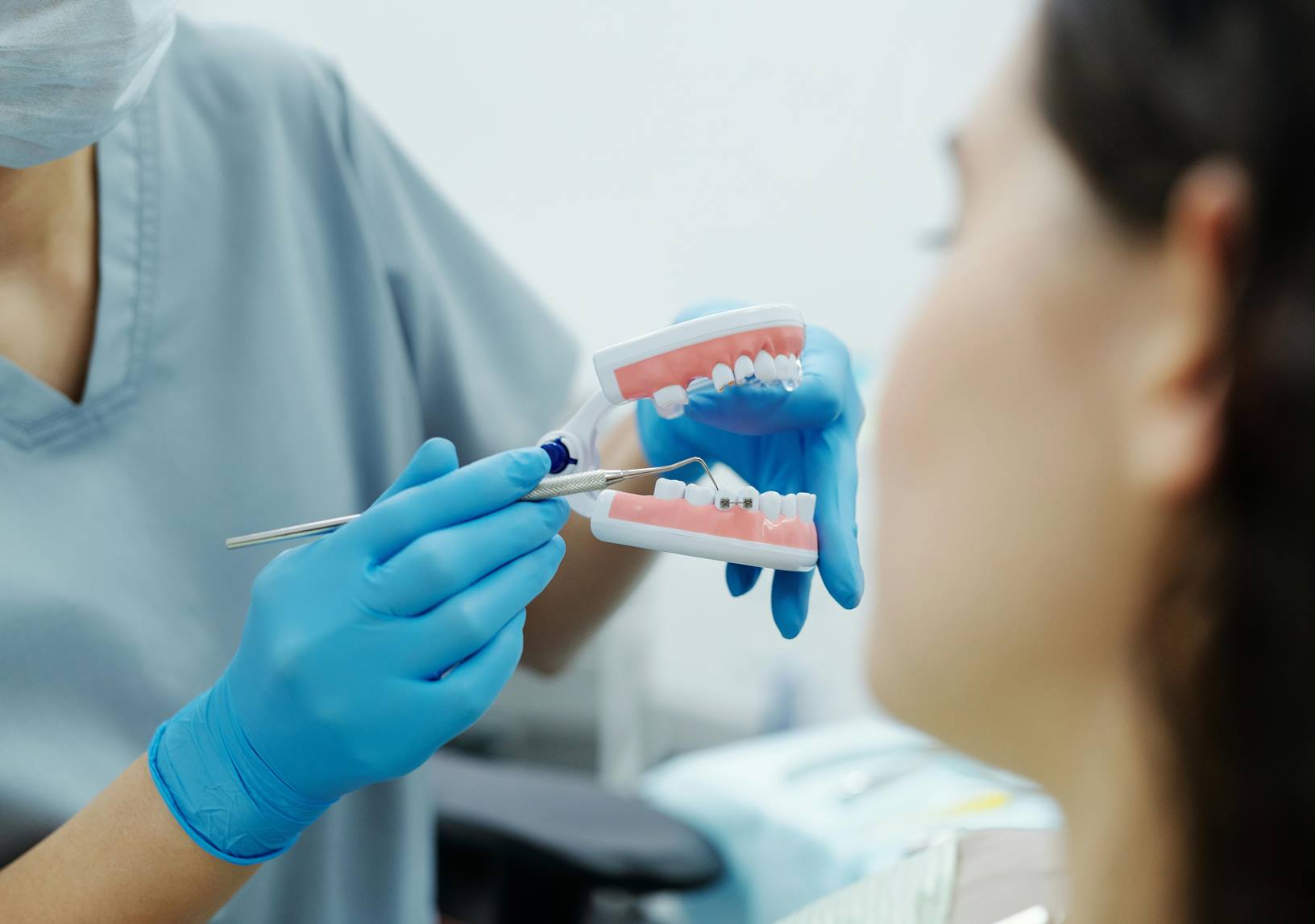Bone Grafting (Bone Powder)
Bone grafting is a technique used to increase bone volume and place implants in cases of bone deficiency or insufficiency in the jawbone. Graft material is added to areas with missing bone, promoting bone formation.
What is Bone Grafting?
Bone grafting involves the addition of bone material from various sources to areas with missing or insufficient bone volume. This material supports the regeneration and strengthening of the jawbone.

